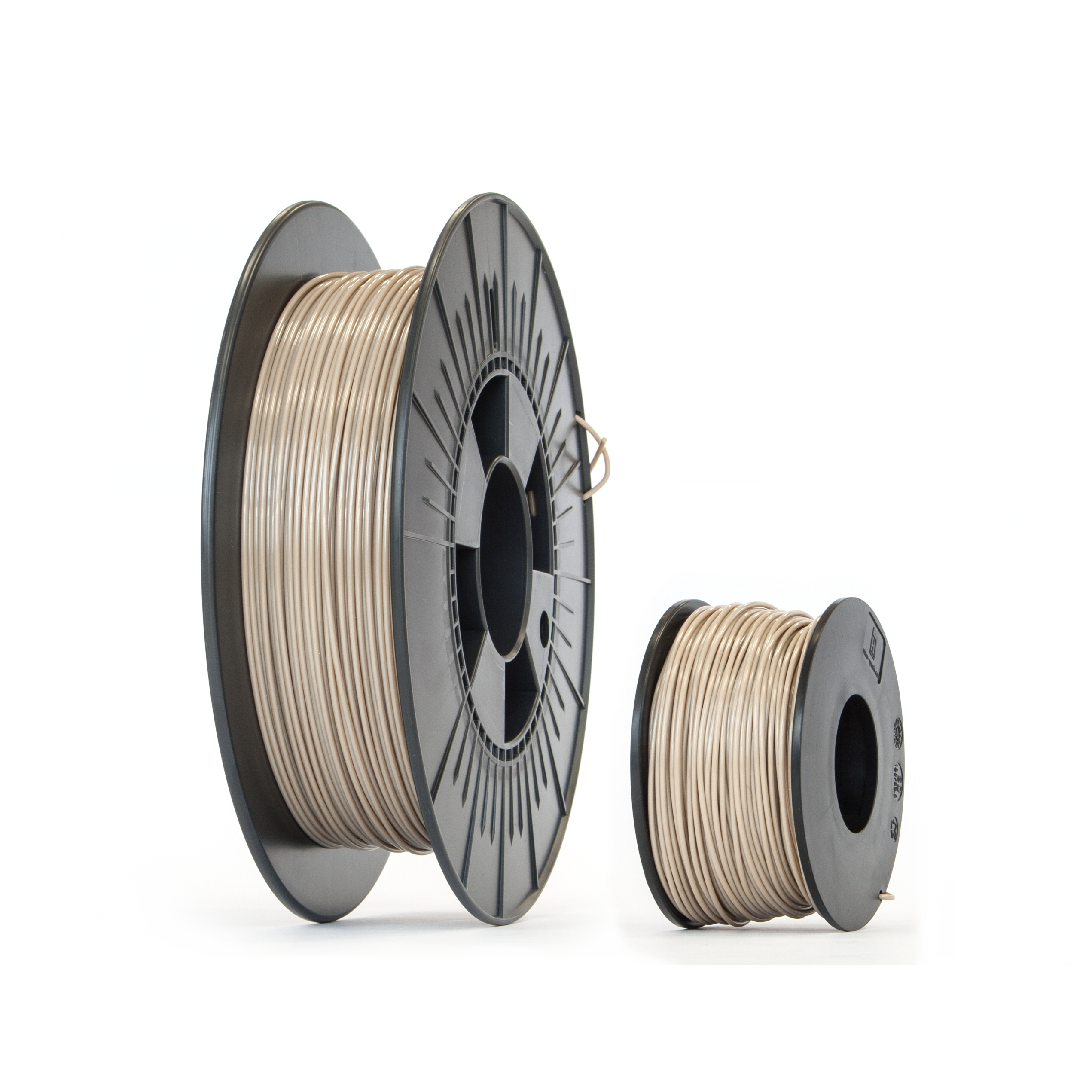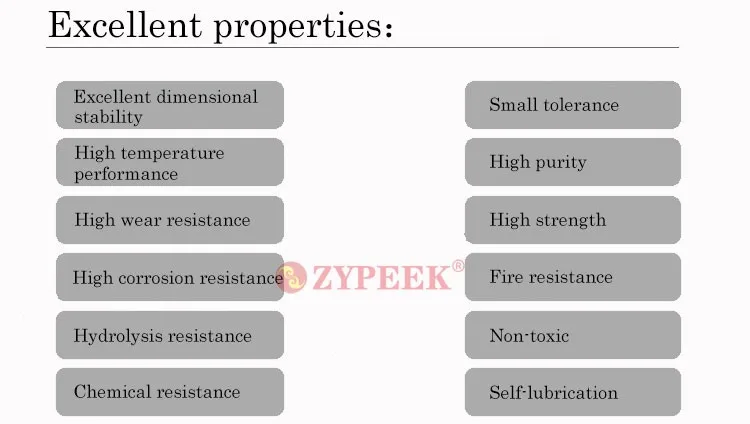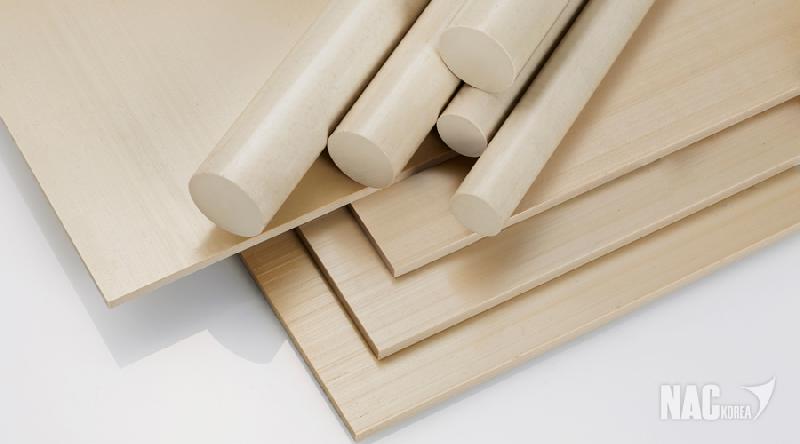


These modification methods will be reviewed in this paper.Īs bone implant materials, the cytocompatibility on the surface of the materials is very important. Blending modification includes various modification methods to improve PEEK biological activity by mixing PEEK with hydroxyapatite (HA), carbonfiber (CF), zinc oxide (ZnO), and other bioactive substances to prepare composite materials.
#Peek material full form series
Surface modification includes physical modification, chemical modification, and composite modification, which are a series of modification methods to improve PEEK’s biological activity by changing its surface morphology and active ingredients. The classification of PEEK modification is shown in Figure 2, which is mainly divided into surface modification and blending modification. This paper reviews the biological modification methods of PEEK. Therefore, in recent years, various modification methods that can enhance PEEK’s biological activities such as cell compatibility, osteogenic activity, and antibacterial ability have become research hotspots. These defects severely limit the practical clinical application of PEEK. However, when used as an implant, PEEK has insufficient biological activity and cannot form good osseointegration with the surrounding bone tissue. At present, there have been some research studies on PEEK as the restoration material for fixed-definition dental bridge brackets, implant abutments, and implants ( Santing et al., 2012 Tannous et al., 2012 Najeeb et al., 2016). PEEK has similar mechanical properties to the hard tissue of the tooth and bone and its color is similar to that of the tooth, reflecting its great potential as a material for fixed prosthodontics ( Ouyang et al., 2016). In recent years, based on several extensive PEEK research studies, its excellent performance has also attracted the attention of researchers in the field of stomatology. PEEK is currently used as an orthopedic implant in clinical practice and has achieved good results ( Song et al., 2010, 2011). PEEK can overcome some of the limitations of metal implants such as stress shielding and metal allergy. Owing to PEEK’s excellent mechanical properties, minimal immunotoxicity, and overall good processing performance ( Toth et al., 2006 Kurtz and Devine, 2007 Zhao et al., 2013 Wang et al., 2014 Abdullah et al., 2015), it has become an alternative to metal implants and the preferred material for plastic and trauma surgery since the late 1990s ( Kurtz and Devine, 2007). It is a high-performance engineering plastic with many excellent properties ( Williams, 2008) such as chemical stability, excellent heat resistance and machinability, frictional resistance, good biocompatibility, elastic modulus close to human bone, and good X-ray penetration ( Toth et al., 2006 Kurtz and Devine, 2007 Zhao et al., 2013 Wang et al., 2014 Abdullah et al., 2015 Figure 1). Polyether ether ketone (PEEK) is a member of the polyaryletherketone family, which has an aromatic backbone combining the ketone and ether functional groups between the aryl rings. We believe that modified PEEK will be a promising dental and orthopedic implant material. This review summarizes current biological activity modification methods for PEEK, including surface modification and blending modification, and analyzes the advantages and disadvantages of each modification method. To change PEEK’s biological inertia and increase its binding ability with bone tissue as an implant, researchers have explored a number of modification methods to enhance PEEK’s biological activities such as cellular compatibility, osteogenic activity, and antibacterial activity. However, PEEK’s biological inertia limits its use as an implant. Therefore, it is an excellent substitute material for titanium dental orthopedic implants. Compared with metal implants, PEEK has advantages such as evasion of stress shielding effect, easy processing, and similar color as teeth, among others. Polyether ether ketone (PEEK) is a non-toxic polymer with elastic modulus close to human bone. 3Department of Stomatology, China-Japan Friendship Hospital, Beijing, China.2Department of Bone and Joint Surgery, The First Hospital of Jilin University, Changchun, China.1Department of Stomatology, The First Hospital of Jilin University, Changchun, China.

Zhangyu Ma 1†, Xingyu Zhao 2†, Jing Zhao 3, Zhilong Zhao 1, Qihui Wang 1 and Congxiao Zhang 1*


 0 kommentar(er)
0 kommentar(er)
